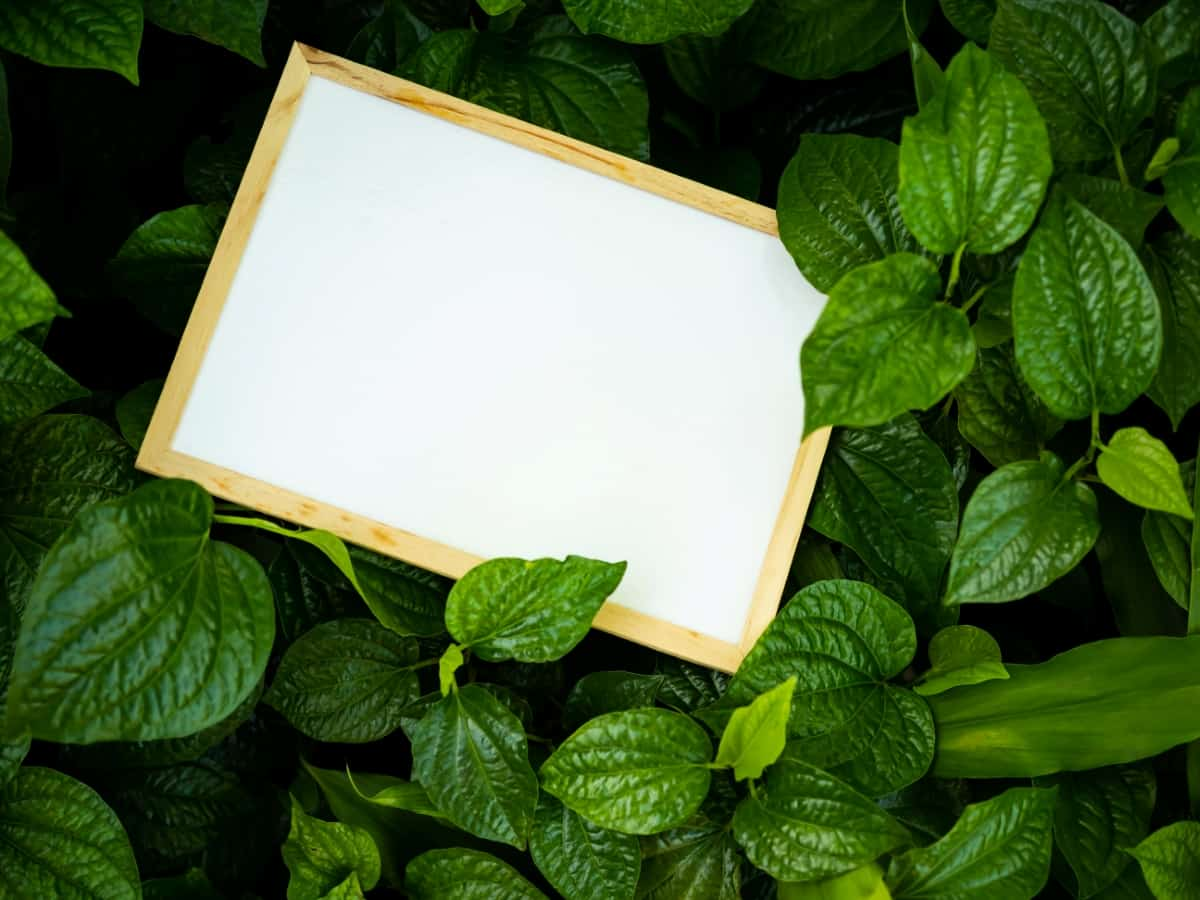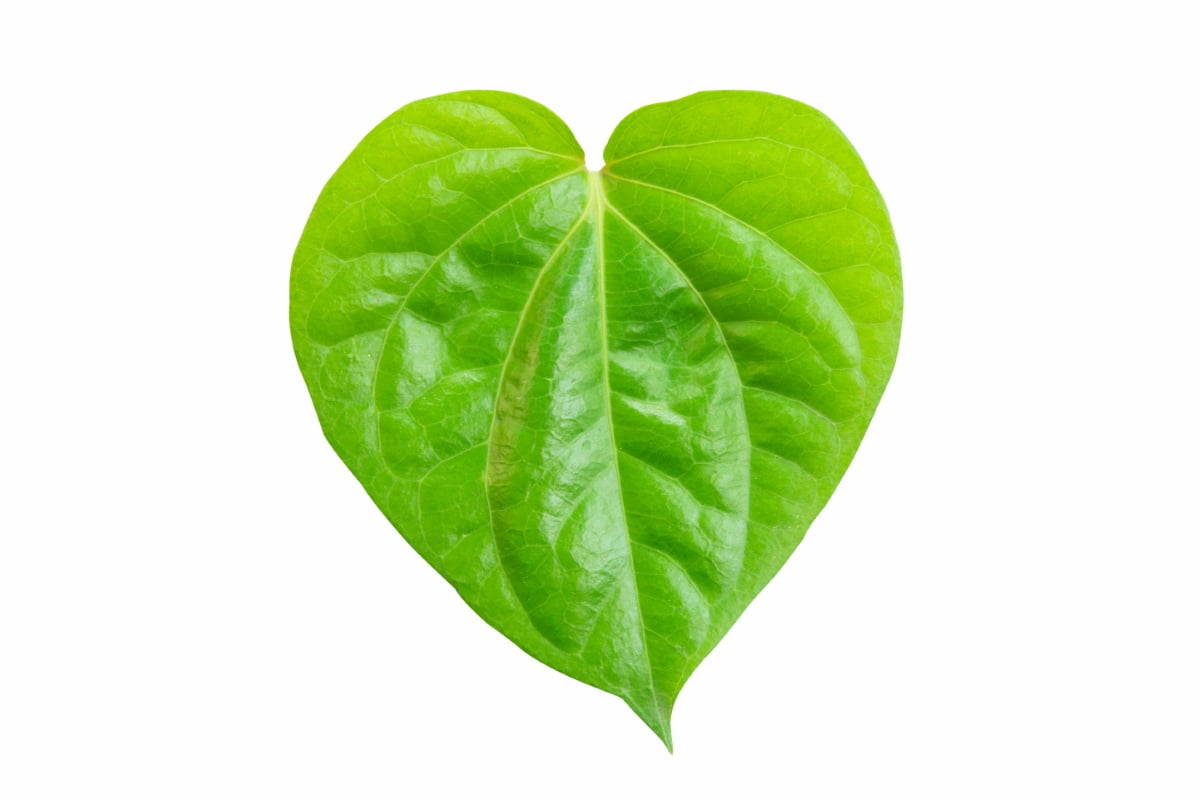Embarking on the journey of cultivating betel leaves requires precision and care from the very beginning. This guide unravels the essential steps for planting betel leaf seeds or cuttings, ensuring a thriving start to your betel leaf garden.

From selecting quality seeds or cuttings to creating an optimal environment, we delve into the intricacies of soil preparation, watering techniques, and maintenance practices. These steps will pave the way for a flourishing betel leaf plantation replete with vibrant foliage and aromatic leaves. Let’s cultivate the essence of betel leaf with expertise and dedication.
Planting Betel Leaf Seeds or Cuttings
Prepare the Planting Area or Containers/Pots
Choose a well-draining soil mix rich in organic matter. Ensure the pH level is slightly acidic to neutral (5.5-6.5). If planting in containers or pots, make sure they have drainage holes. Create furrows or holes in the soil about 1-2 feet apart for planting seeds or cuttings. Choose healthy stems with at least two nodes and remove excess leaves for cuttings. Water the area or pots thoroughly before planting. Maintain a warm, humid environment through a greenhouse or by covering the pots with plastic to encourage germination or rooting.
Prepare the Fertile Soil
Begin by selecting a well-draining soil mix with a pH level between 5.5 and 6.5, slightly acidic to neutral. Incorporate organic matter like well-rotted compost or aged manure to enhance soil fertility. Thoroughly mix the amendments to ensure even distribution. Clear the planting area of debris and weeds to prevent competition for nutrients. If using containers, fill them with the prepared soil mix, leaving some space for proper aeration. Ensure the soil is loose and crumbly, promoting root development.
Seed Selection or Cutting Preparation
Choose high-quality seeds or healthy cuttings from a disease-free betel plant. If opting for seeds, ensure they are fresh and viable. Select stems with at least two nodes for cuttings and trim excess leaves to promote successful rooting. Dip cut ends in rooting hormone for enhanced establishment. Whether seeds or cuttings, handle them with care to prevent damage. This careful selection and preparation set the stage for robust growth and development of betel leaf plants, ensuring a successful start to the cultivation process.
Plant Betel Leaf Seeds
- Fill seed trays with a well-draining seed-starting mix.
- Plant seeds at a depth of approximately 1/4 -1/2 inch in the soil.
- Keep the soil moist but not soggy. Use a fine mist or spray to avoid disturbing the seeds.
- Place the seed trays in a warm area with indirect sunlight. Betel leaf seeds prefer temperatures between 24-29°C.
- Cover the trays with plastic wrap or use a humidity dome to maintain a humid environment, promoting germination.
- Monitor the seedlings as they emerge. Once they have developed a few true leaves, transplant them into containers or directly into the garden.
Plant Betel Leaf Cuttings
- Choose disease-free, healthy betel leaf cuttings. Select stems with at least two nodes.
- Prepare the soil with well-rotted compost and ensure good drainage if planting in the garden. For containers, use a well-draining potting mix.
- Trim the cuttings to include at least two nodes. Remove excess leaves to reduce moisture loss and encourage root development.
- Dip the cut ends of the betel leaf cuttings in rooting hormone to promote faster and more robust root development.
- Insert the cuttings into the soil or potting mix at a depth that covers at least one node. Firm the soil around the cuttings.
- Water the cuttings immediately after planting to settle the soil and provide initial moisture.
- Place the cuttings in a location with indirect light, and if possible, create a humid environment by covering them with a plastic dome or using a plastic bag.
- Keep an eye on the cuttings for signs of root development. Once roots are established, transplant them into larger containers or the garden.
In an open planting system, 17000 to 30000 betel leaf seedlings or cuttings can be planted in one acre. 40000 to 50000 cuttings are good for closed rectangular planting systems.
Mulch the Betel Leaf Plant Base
Apply an organic mulch, like straw or shredded leaves, around the base of the betel leaf plant. Mulching helps conserve soil moisture, suppress weeds, and regulate soil temperature. It acts as a protection, preventing moisture loss through evaporation and maintaining a stable environment for the plant’s root system.
In case you missed it: Betel Leaf Farming in Greenhouses: Benefits and Best Sustainability Practices

Additionally, organic mulch gradually decomposes, enriching the soil with valuable nutrients. Ensure the mulch is spread evenly, leaving a gap around the plant stem to prevent potential rot. Regularly replenish the mulch as needed for optimal plant health.
Water Regularly for Betel Leaf Pests and Diseases
After planting seeds or cuttings, establish a regular watering routine. Maintain the soil moisture consistently, but avoid waterlogging, as betel leaves prefer well-draining conditions. Water early in the day to allow foliage to dry before evening, minimizing the risk of fungal diseases. Adjust the frequency based on environmental factors like temperature and humidity.
During hotter periods, increase watering, ensuring the soil remains evenly moist. Use a gentle watering method, such as a soaker hose or watering can, to prevent soil disturbance. Regular, consistent watering supports healthy growth, development, and the vibrant foliage characteristic of betel leaf plants.
Use a Balanced Fertilizer for Healthy Seedlings
For robust betel leaf plant seedlings, choose a balanced fertilizer with equal proportions of nitrogen (N), phosphorus (P), and potassium (K). Aim for an NPK ratio like 10-10-10 or 14-14-14. This ensures comprehensive nutrient support during the crucial early growth stage. Begin fertilization when the seedlings have established their second set of leaves, applying a diluted solution every two weeks. Avoid over-fertilization, as it may harm the delicate seedlings.
Care for Betel Leaf Pests and Diseases
Vigilant care against pests and diseases is essential to ensure the health of betel leaf plants. Monitor regularly for common pests like aphids, mites, and caterpillars. Insecticidal soap or neem oil should be applied as an organic remedy. Provide adequate spacing between plants to enhance air circulation, minimizing the risk of fungal diseases like leaf spots. Avoid overhead watering to prevent waterborne diseases.
If signs of infection appear, treat with a fungicide. Keep the planting area clean by removing debris to discourage pest habitats. Regularly inspect the undersides of leaves for early pest detection. Prompt action and preventive measures contribute to a thriving betel leaf plantation, minimizing the impact of pests and diseases.
Prune and Provide Support for the Healthy Growth of Betel Leaf Seedlings
Pruning and providing support are essential for fostering healthy growth in betel leaf seedlings. Once the seedlings develop a few sets of leaves, prune the tips to encourage bushier growth and lateral branching. Remove any yellow or damaged leaves to redirect energy towards new growth.
In case you missed it: Best Fertilizers for Betel Leaf Plant to Get More and Bigger Bushy Leaves

Supporting the seedlings with stakes or a trellis helps prevent bending or breakage as they mature. Gently tie the stems to the support using soft twine to avoid damage. Adequate support ensures the plant develops a strong framework for its climbing habit. Regularly monitor for overcrowded or entangled growth and adjust supports as needed. These practices contribute to robust betel leaf plants with a well-structured and productive form.
Conclusion
In conclusion, successful betel leaf cultivation from seeds or cuttings requires meticulous attention to key steps. Careful seed or cutting selection, optimal soil preparation, and proper planting techniques set the foundation for healthy growth. Ongoing practices such as regular watering, mulching, and pest management are vital for sustained development. Following these essential steps can foster thriving betel leaf plants, ensuring a bountiful harvest and lush foliage.
- Feed Your Flock for Less: Top 10 Tips to Save on Chicken Feed
- Ultimate Guide to Ossabaw Island Hog: Breeding, Raising, Diet, and Care
- Hatching Answers: The Top 10 Reasons Your Chickens Aren’t Laying Eggs
- Eggs and Economics: Breaking Down the Cost of Raising Backyard Chickens
- Defend Your Greens: Proven Methods to Keep Iguanas Out of Your Garden
- Ultimate Guide to Cinnamon Queen Chicken: A Comprehensive Guide for Beginners
- Ultimate Guide to California Tan Chicken: Breeding, Raising, Diet, Egg-Production and Care
- Ultimate Guide to Marsh Daisy Chicken: Breeding, Raising, Diet, and Care
- 10 Types of Chicken Farming Businesses You Can Start for Profits